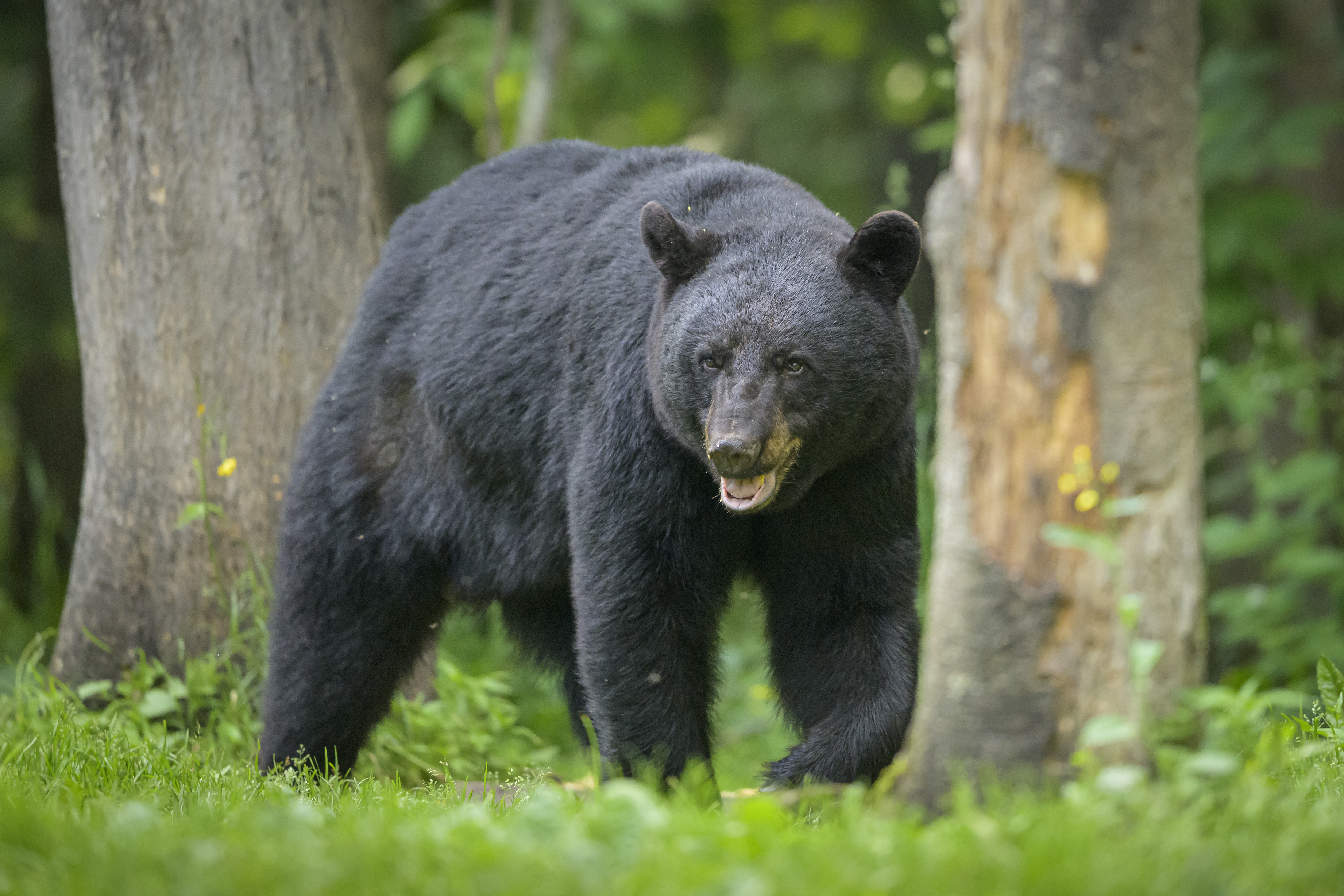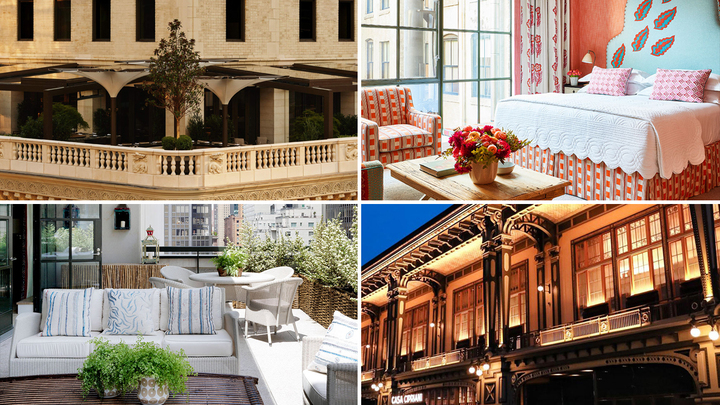This year's march will be New York City’s 251st St. Patrick’s Day parade.
Fifth Avenue on Saturday will be overflowing with Irish men and women as they celebrate the life of their patron saint, Patrick. Bagpipers will wail, drums roll and the color green will float over the avenue in thousands of flags -- as every year.
I’ve seen the parade for half a century and it is a stirring sight. The Irish wolf hounds leading the legions of marchers. The soldiers, sailors and Marines. The high school kids marching proudly under their school standards.
The politicians walk briskly up the avenue after many handshakes with each other. The mayor appears and other city officials, including an assortment of would-be mayors, candidates to replace him. On this day when ethnic pride is celebrated you don’t have to be Irish to join the parade. White, black, Christian, Jewish, Muslim. They’re all involved. Although this is a Christian holiday, there are many non-Christian celebrators out there.
Marching along are detachments of old fighters for Irish independence. They’ve lived here for years but they can never forget the days of civil war and bloodshed -- and the heroes and heroines of the great Irish struggle, “The Troubles.”
I can see the step dancers, the kids who add to the celebration with their delicate prancing and dancing on the stage of Fifth Avenue. And the tiny kids who sit on the curbs in front of their parents waving white, orange and green flags. One song blaring on the bagpipes tells of the tragedies in Irish history: “The Minstrel Boy":
“ In the ranks of death you’ll find him.
Local
“ His father’s sword he has girded on,
“And his wild harp slung behind him.”
And, along the sidelines, on both sides of Fifth Avenue, are the most important element in any parade, the spectators. They cheer the marchers, celebrating the Irish influence in American history and, above all, the amazing life of one man, St. Patrick.
Among these onlookers you can hear thick brogues. But there are so many other ethnic groups. If the Irish are showing ethnic pride, they are joined by non-Irish by the many thousands, as amazed as anyone by the long tradition that brings this parade to life year after year.
St. Patrick was 16 when Irish marauders raided his village on the British mainland. He was sold into slavery and, later, became a Christian. He studied in a monastery in Gaul and was called to preach the gospel in Ireland, where he was appointed the second bishop of that nation.
He converted thousands to the faith and set up schools and monasteries, enabling him to convert Ireland to Christianity. He popularized the shamrock as the symbol of the Catholic faith. Legend has it that he drove the snakes out of Ireland. He died on March 17, 461.
So this is a celebration of death and life.
Brian O’Dwyer, a leader in New York’s Irish community, told me: “I started going to this parade with my father, Paul, when I was 5. It stands, as it has for years, as a symbol that the Irish have made it in this town -- in business, politics and culture. I once said to my father that it was important to show Irish power. He said: ‘I think it’s more important that they march to show their decency.’ “
O’Dwyer added: “St. Patrick’s Day is a day of pride and tradition, a day to show New York who we are.”
And poet Alfred Percival Graves summed it up:
“When after the Winter alarmin’,
“The Spring steps in so charmin’,
“So fresh and arch
“In the middle of March,
“Wid her hand St. Patrick’s arm on…”



